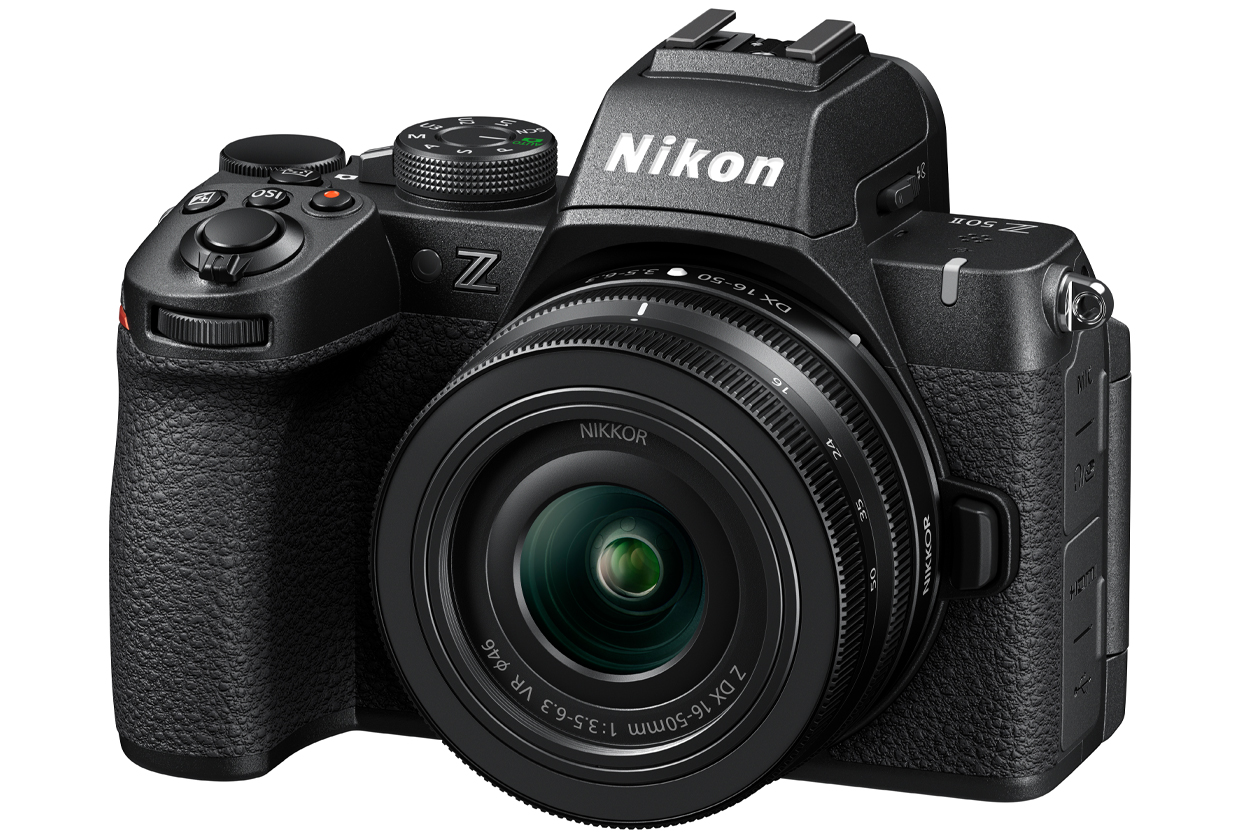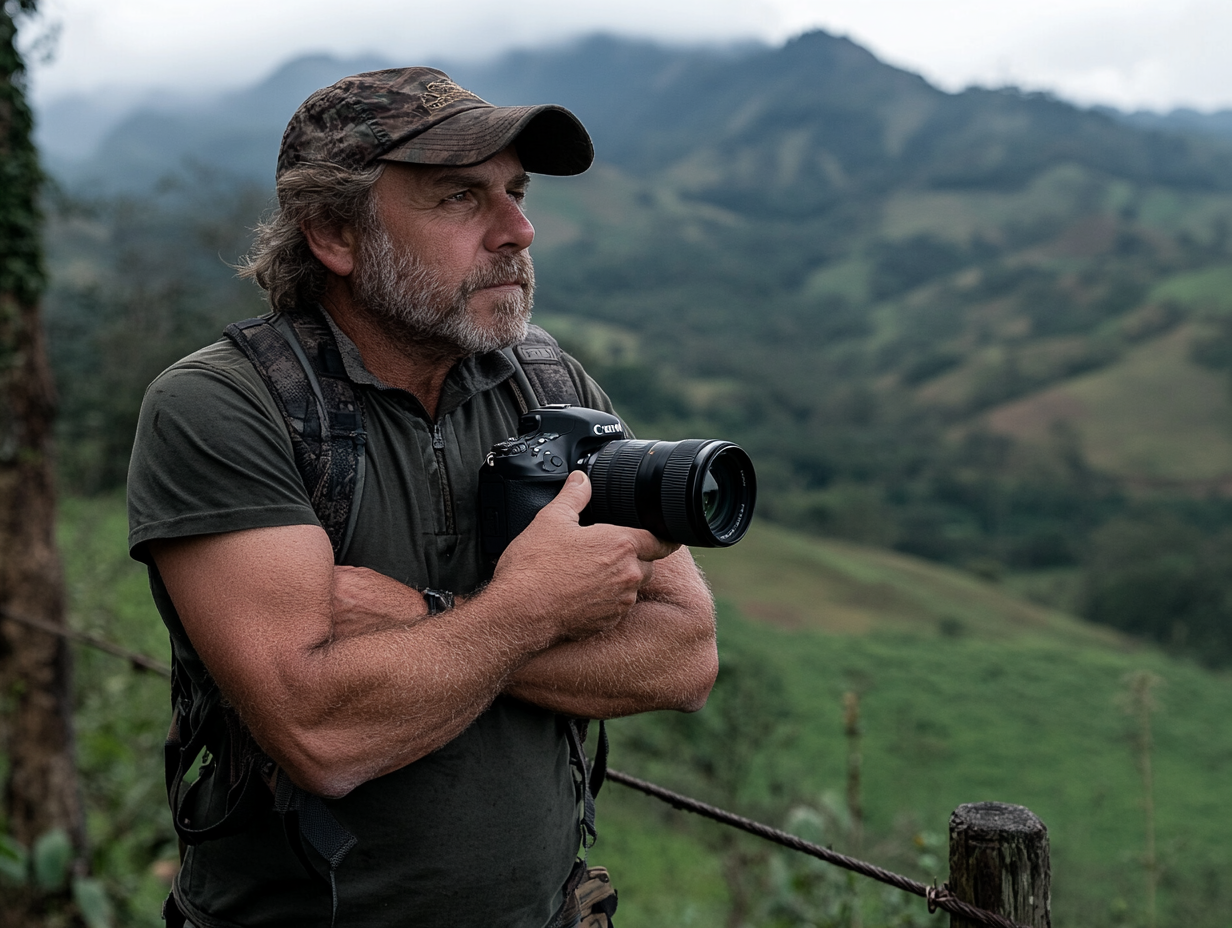Harnessing the Power of HDR: Essential Techniques for Landscape Photography
Introduction
High Dynamic Range (HDR) photography allows you to capture a broader range of luminosity than traditional methods—perfect for landscapes where bright skies and dark foregrounds coexist. In this guide, we’ll cover HDR landscape photography gear, your end-to-end workflow, expert tips and the best software to craft compelling HDR images.
HDR Landscape Photography Gear
Choosing the Right Camera
Select a camera with excellent sensor quality and wide dynamic range. Industry favourites include:
- Canon EOS R5
- Nikon Z7 II
- Sony A7R IV
These mirrorless bodies deliver high resolution and dynamic latitude—see our Camera Selection Guide for more options.
Essential Lenses for Landscape HDR
Wide angles capture sweeping vistas; telephotos isolate details.
- Wide-Angle: Canon 16–35 mm f/4L, Nikon 14–24 mm f/2.8, Sony 16–35 mm f/2.8 GM.
- Telephoto: Canon 70–200 mm f/2.8L, Nikon 70–200 mm f/2.8E, Sony 70–200 mm f/2.8 GM.
Tripods and Accessories
A solid tripod is critical for precise alignment during bracketing:
- Manfrotto Befree Advanced
- Gitzo Traveler Series
- Benro Mach3
Use a remote shutter release to eliminate any residual shake—refer to your camera’s manual for bracketing setup or see Adobe’s tutorial on Lightroom HDR merging.
HDR Landscape Photography Workflow
Planning Your Shoot
- Scout Locations: Visit in advance to find strong compositions.
- Check Conditions: Use apps like AccuWeather or Met Office for sky and light forecasts.
Capturing Images
Bracket exposures in manual mode to keep aperture and framing constant. Common brackets include -2, 0, +2 stops or wider for high-contrast scenes.
Post-Processing Workflow
- Import RAW files into your HDR software.
- Merge exposures and align frames to remove ghosting.
- Tune tone mapping, local contrast and colour balance.
- Final export with proper sharpening and noise reduction.
HDR Landscape Photography Tips
Mastering Exposure Blending
For a natural look, consider manual exposure blending using Photoshop layer masks instead of heavy HDR presets.
Composition Techniques
- Leading Lines: Rivers, paths or ridgelines guide the eye into the scene.
- Rule of Thirds: Position horizon and focal points on grid lines for balance.
Utilizing Natural Light
- Golden Hour: Warm side-lighting enhances textures.
- Blue Hour: Cool, moody tones after sunset for ethereal HDR effects.
HDR Landscape Photography Techniques
Advanced HDR Techniques
Tone Mapping compresses dynamic range—experiment with strength and luminosity to avoid halos. Use local adjustments to refine sky and foreground separately.
Creative HDR Techniques
Combine HDR with long-exposure water shots for silky streams paired with balanced skies.
Troubleshooting Common Issues
- Ghosting: Use software alignment and deghosting tools in Photomatix or Aurora HDR.
- Noise: Keep ISO at 100–200; apply selective noise reduction in Lightroom.
HDR Landscape Photography Settings
Camera Settings for HDR
- Aperture: f/8–f/11 for optimal sharpness and depth of field.
- ISO: 100–200 to minimise noise.
- Shutter Speed: Varies—let bracketing cover extremes.
Bracketing Settings
Enable auto-bracketing in your camera menu; choose 1–2 stop intervals based on scene contrast.
Software Settings
In Adobe Lightroom, use the HDR merge command; in **Photomatix** or **Aurora HDR**, explore the preset library and then fine-tune tone and colour sliders.
HDR Landscape Photography Software
Popular Software Options
| Software | Strengths | Pricing |
|---|---|---|
| Adobe Lightroom | Seamless RAW integration, basic HDR merge | £9.98/mo (Photography plan) |
| Photomatix | Advanced tone-mapping, deghosting | One-time £79 |
| Aurora HDR | Creative presets, user-friendly UI | £89 one-time |
Post-Processing Techniques
- Fine-tune contrast and vibrance after HDR merge.
- Apply selective dodging and burning to sculpt light.
Exporting & Sharing
- For print: export TIFF or high-quality JPEG at full resolution.
- For web: resize to 2048 px on the long edge and compress to balance quality and load time.
- Use hashtags like
#HDRPhotographyand#LandscapeLoverson Instagram to boost reach.
Conclusion
HDR landscape photography unlocks a fuller tonal experience—revealing hidden details in shadows and highlights. By selecting the right gear, mastering your workflow and leveraging advanced techniques, you can create breathtaking HDR images that stand out. Now, head out with your camera, bracket your exposures and let the dynamic world of HDR transform your landscape shots!
Frequently Asked Questions
Q: How many exposures should I bracket?
A: Typically 3–5 shots at 1–2 stop intervals. Increase shots for extreme dynamic scenes.
Q: Is HDR always necessary in landscapes?
A: Use HDR when scene contrast exceeds your camera’s native dynamic range—otherwise a single RAW may suffice.
Q: Which software is best for natural-looking HDR?
A: Adobe Lightroom’s built-in merge yields subtle, natural results. Photomatix excels at fine control if you need more options.
Q: How do I prevent ghosting?
A: Use a tripod, enable deghosting in your HDR software and shoot when elements (leaves, water) move minimally.




0 Comments